The most notable concrete result of the recent 15th BRICS summit in Johannesburg, South Africa, was the admission of 6 more members, thereby transforming the group into a bloc in world politics and economics as well as in international relations. This is the second time the group has expanded.
The name BRIC - an acronym for Brazil, Russia, India and China - was coined by Goldman Sachs chief economist Jim O'Nell in 2001. He used the acronym BRIC to refer to a cluster of markets that he believed would one day outperform the West.
In 2008, the economic ministers of the four countries met for the first time. In 2009, the four countries formed the BRIC group. In 2000, the BRIC group absorbed South Africa and became BRICS.
In Johannesburg this year, the BRICS group welcomed Argentina (in Latin America), Egypt and Ethiopia (in Africa), Saudi Arabia, Iran and the United Arab Emirates (in the Middle East and Gulf), keeping the name but increasing the number of members from 5 to 11.
According to Brazilian President Luiz Inacio Lula da Silva, "BRICS+" or "BRICS with 11 members" accounts for 46% of the world's population and 37% of the world's GDP. With the goal of continuing to expand, hasn't BRICS gone from a group to a bloc?
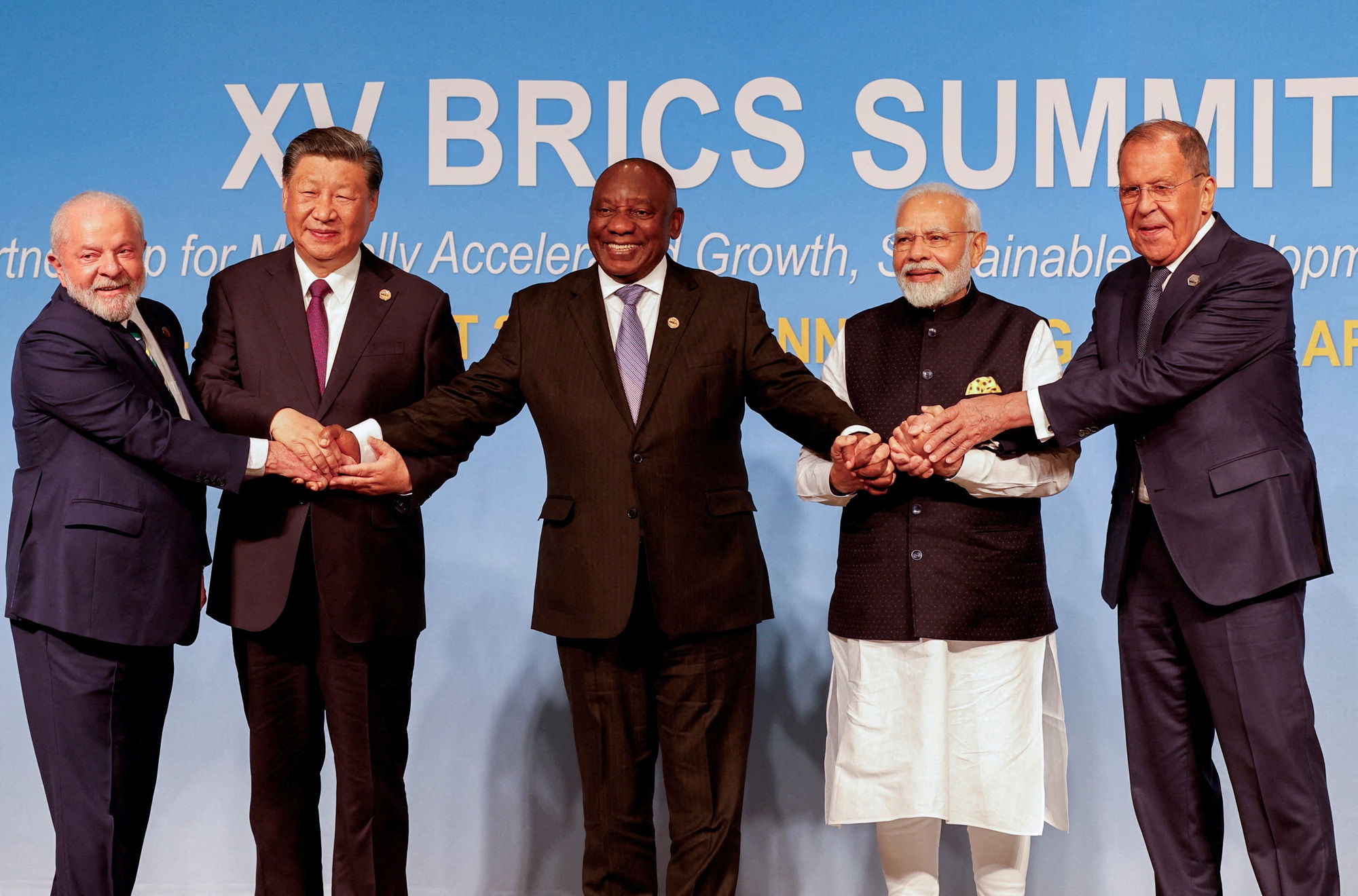
From left: Brazilian President Luiz Inacio Lula da Silva, Chinese President Xi Jinping, South African President Cyril Ramaphosa, Indian Prime Minister Narendra Modi and Russian Foreign Minister Sergei Lavrov at the BRICS 2023 Summit on August 23. Photo: REUTERS
The second important outcome of the latest summit was that BRICS set out the first steps to build a separate financial and monetary order for the bloc, create a common payment currency and move towards forming a common currency.
Thus, the goal includes promoting intra-bloc trade and de-dollarization. Wouldn’t members that are subject to trade embargoes and financial-monetary sanctions by the US, EU and allies benefit greatly?
Overarching all is the consensus of the five BRICS members on the need for a new, more just and equitable world order, on the need for the countries of the "Southern Bloc" to come together to have equal relations with the "Western Bloc", and on steps to cooperate but not be dependent on the "Western Bloc".
BRICS expanded to become a counterweight to the Western Group of Seven (G7), to become a gathering force within the Group of 20 (G20), and to become a pole in a multipolar world order.
The criteria set by BRICS for this expansion were geographical location, population and economic potential, not ideological compatibility and value systems like the G7 group, nor pure economic strength like the G20 group. The results achieved in Johannesburg have fundamentally changed both the appearance and nature of BRICS.
But BRICS still has a long way to go to become a real counterweight to the G7 and the G20 forum framework. In Johannesburg, only a few general goals and specific projects emerged, but there was no sign of strategic orientations and long-term visions for BRICS+ activities and development, no plans and roadmaps for institutionalizing the organization, nor basic principles, prerequisites and mandatory conditions for future membership admissions.
The big challenge for BRICS after January 1, 2024, when the six countries officially become members of BRICS, is to create internal consensus on views and interests to become a unified bloc. Another big challenge is how the bloc will look when Russia succeeds South Africa as the rotating BRICS chair.
Source










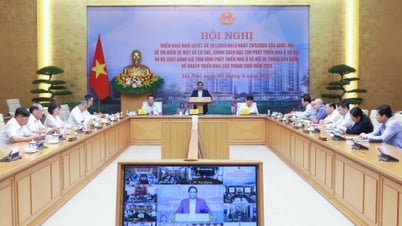



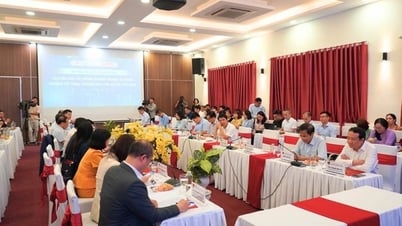





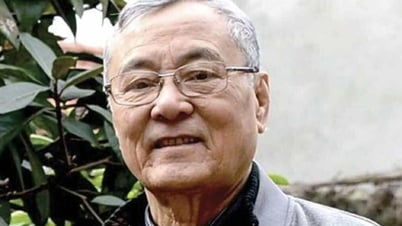





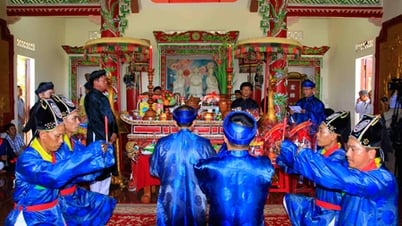

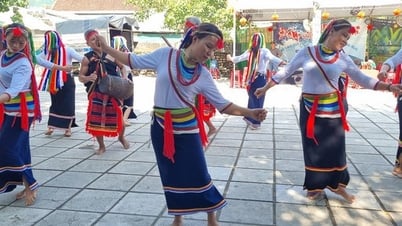



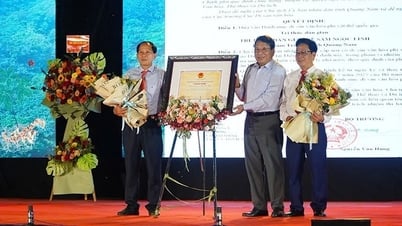


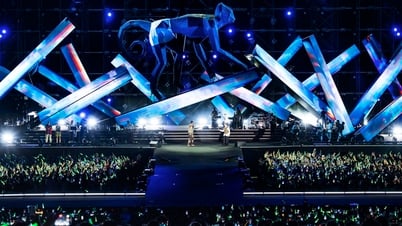


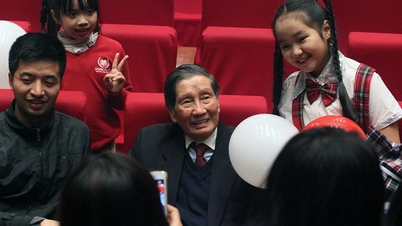



















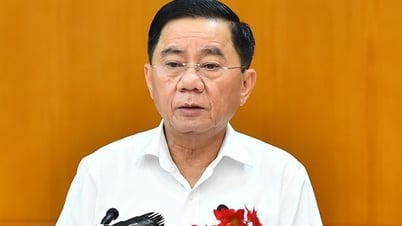



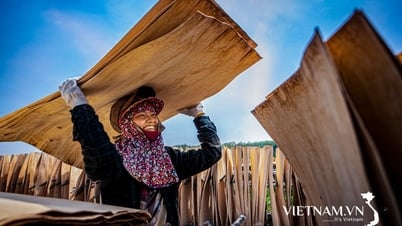
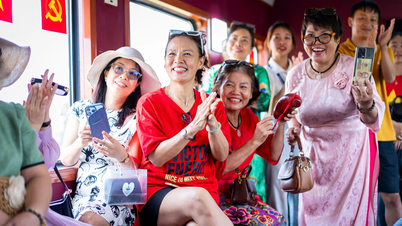












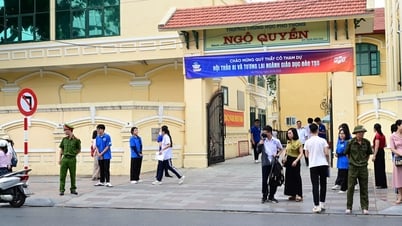



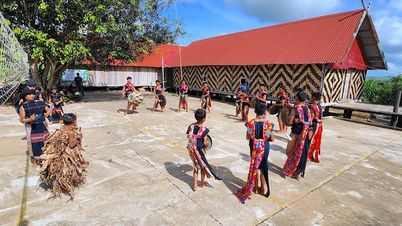













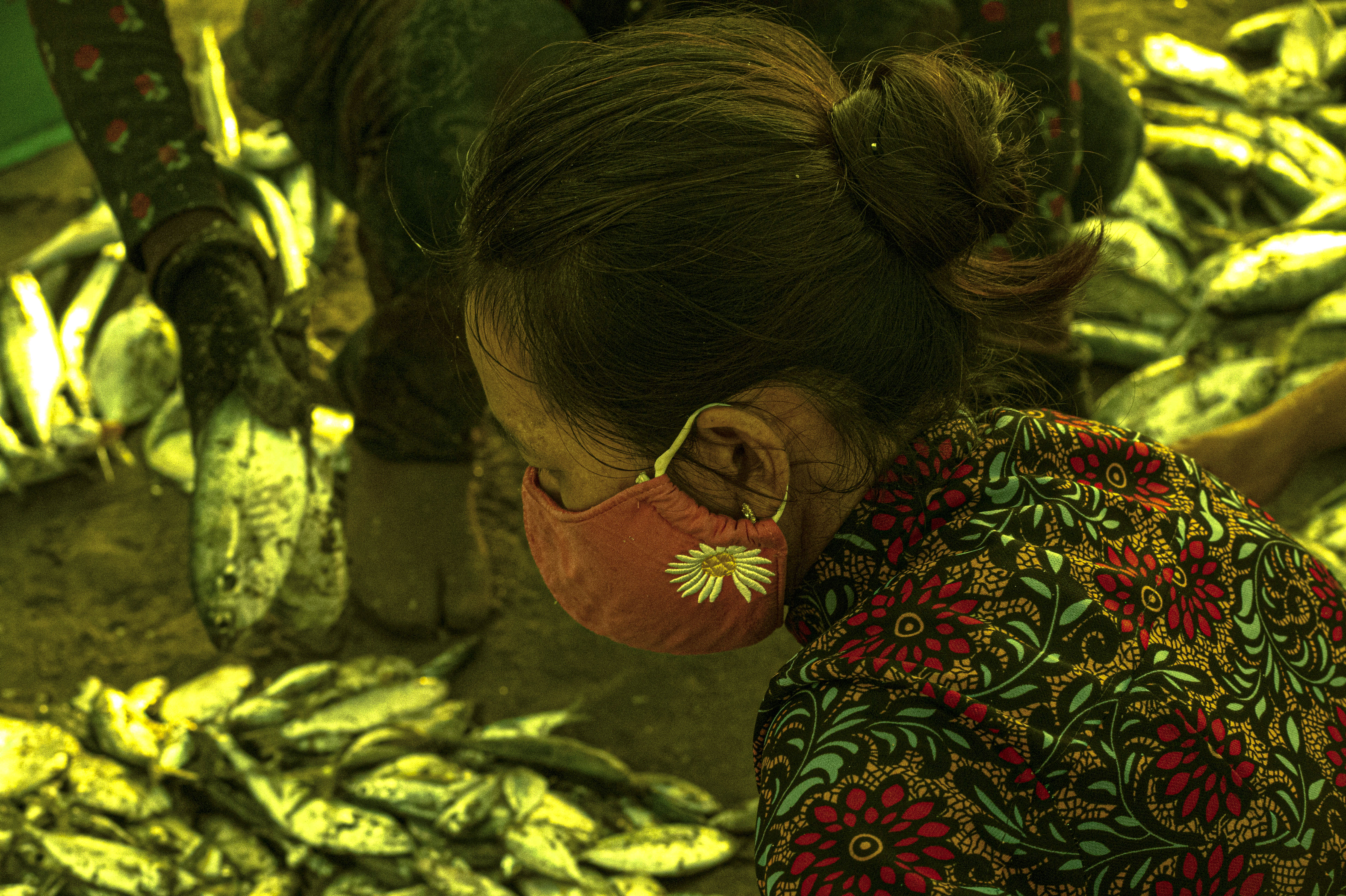



Comment (0)